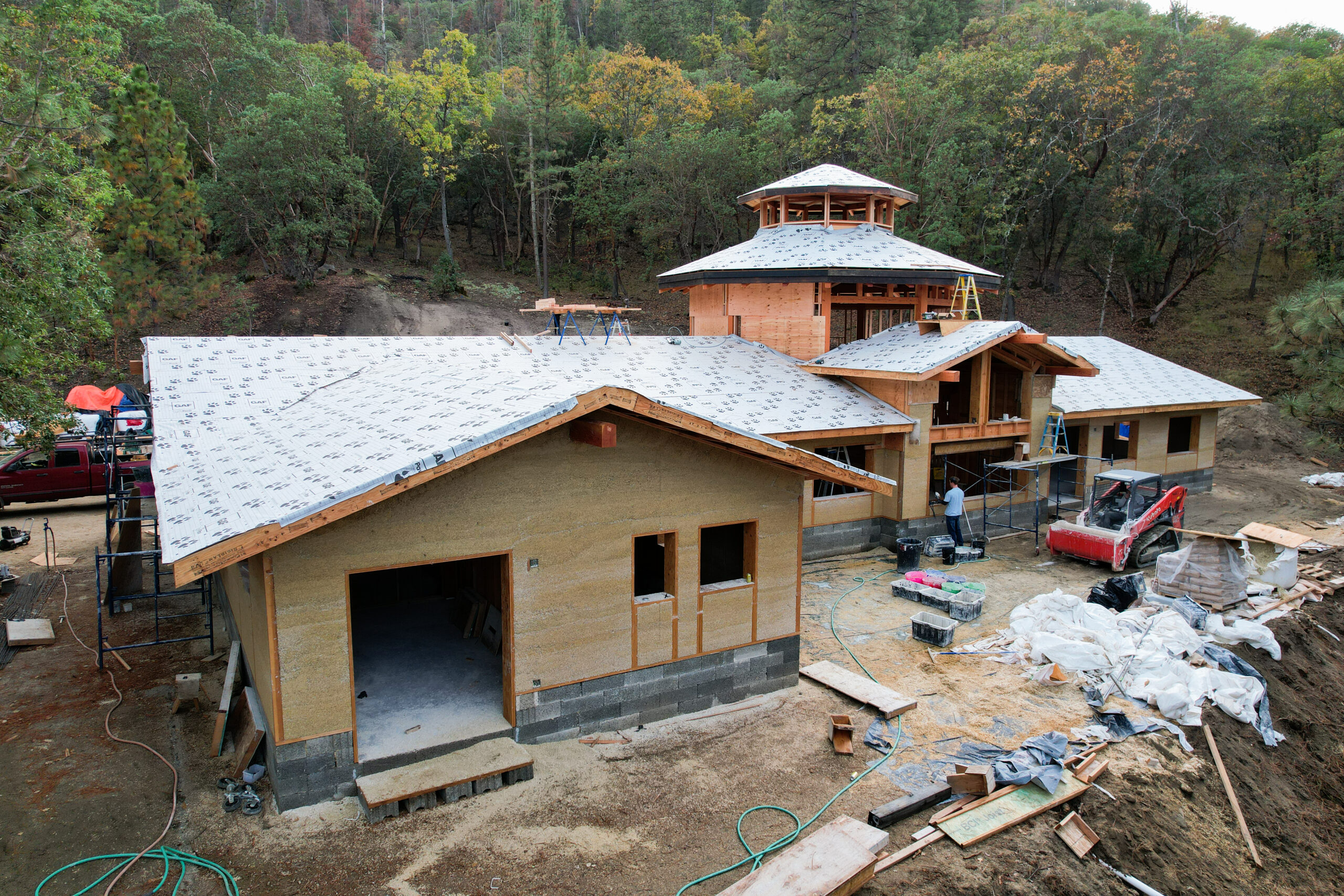You might think that integrating technology into a home would be the exact opposite of green. With advances in home control systems, it gets easier for automatic control over lighting, temperature, smart irrigation, and even energy management. The result is a solution that works month-after-month, conserving precious resources like energy, water, and time.
Choosing Energy Star™ appliances, harvesting water and storing energy are all great ideas, but if you are not attentive to how you use these resources, they can quickly be wasted.
Lighting Control Solutions.
CFL, LED, or motion-sensing solutions are always a great place to start. However, with a home control system, the lights can respond based on time of day, occupancy of the home, or be adjusted manually when needed.
During the day a home only needs an additional 30-40% of lighting; whereas at night, a home needs about 70-80% of its lighting. This small reduction saves energy, while actually being more comfortable to the eye. Studies have shown that dimming your lights by just 25% reduces energy consumption by 20% and quadruples the life of your bulb.
Temperature Control Solutions.
The downfall of simple programmable thermostats is they are based singularly on time of day and do not account for other variables, such as the homeowner going out of town for a weekend or working late. With an integrated thermostat, the home control system will set things right, even when you forget, or plans change. Settings will automatically adjust based on events, time, or sensor (water, humidity, or temperature) readings. If you forget to tell your system you are on vacation, a simple phone call or login via the Internet allows for easy remote access.
Automated window coverings can automatically close to avoid solar gain in the summer or be left open to take advantage of the rare sunny days in Seattle’s winter. Want to air out the house? The system will automatically turn off the AC or heat should a window be opened and turn itself back on when all windows are again closed.
Smart Irrigation Solutions.
A water sensor can determine if it has rained the last 24 hours, and report back to the home control system on whether it is necessary to turn itself on or to skip its programmed cycle for the day altogether.
Energy Management Solutions.
Concerned about electronic equipment and its draw on electricity (also referred to as phantom loads) when in standby? First, it’s important to find out what is drawing the most power, or choose products that have low-power consumption in standby mode. The good news is that many manufacturers are focusing on lowering phantom loads. Also, your local home technology company should be able to test your current equipment and inform you of your yearly costs to operate or provide smarter options for future purchases.
Second, strive to eliminate the power-hungry standby modes of electronics (a few examples include: microwave, printers, gaming consoles or cable boxes) by cutting power to such devices when not in use.
Today, home control systems have made it easier than ever to integrate smart technology, without contributing to your overall environmental footprint. Next time you leave home, simply touch a button – and allow your house to set its own security, turn off its lights, set back the thermostat, drop the blinds, and shut down all of the equipment that has a large draw in standby mode. With home technology, you can make your home as green as you intended it to be.



